How people change in front of the camera
The week-long protests projected the wrong image of the education system and a weaker side of media organisations

Hundreds of students and their parents, who were protesting against the results outside the main building of BSEK, thought I was one of the students who had come to protest (since I did not go in a DSNG van and did not have a camera on me). One of the most interesting things about being a reporter of a newspaper is that you get to observe the real reactions of people and how these change as soon as a camera and a microphone come into the picture.
The same parents and students, who were chilling out and sitting under the tent, started crying and abusing the controller and chairman of BSEK when the DSNGs of different media channels came in and started reporting on the number of students who had been failed or declared absent by the board. Using media as a tool, many students and parents protested in front of the matriculation board, pelted the buildings with stones and chanted slogans against the controller of examination and other BSEK staff. The crowd, which at first consisted of not more than 50 people, increased the moment media channels entered the board office premises and dispersed as soon as they left. The week-long protests projected the wrong image of the education system and a weaker side of media organisations which, embroiled in the rat race of achieving the highest ratings, do not investigate the matter in depth and only air emotions recorded on the ground.
The media’s coverage of these protests compelled the board’s administration to show the answer sheets in public — something that has never happened in the board’s history. After four days of protests and mounting pressure, the chairman of BSEK turned the tables when he displayed more than 300 answer copies of students who were protesting against their results. None of them had scored more than 20 marks even after scrutiny, just going to show the futility of the protests, which were further fuelled because of media coverage.
Published in The Express Tribune, August 18th, 2015.




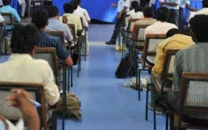
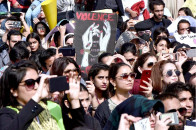
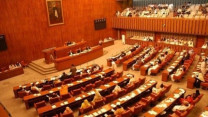
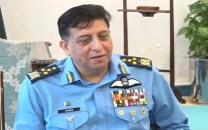
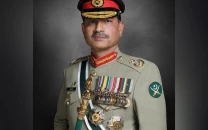


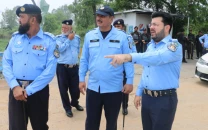
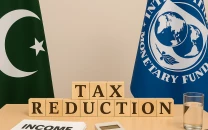






COMMENTS
Comments are moderated and generally will be posted if they are on-topic and not abusive.
For more information, please see our Comments FAQ